When Art is meant to provoke thought and emotions, design has functions to solve problems and when both meet mathematics and intersect each other they create wonders which are evident throughout history especially in the form of architecture. For centuries, mathematicians, artists and designers have been collaborating and gaining inspirations from each other to fulfil their own art.
Art has been one of the biggest, most influential sources for the architectural community. The nature of art plays on the flexibility of the artist’s interpretations, which is extremely beneficial for architects. From the use of space, shape, material, texture and even lighting in an art piece, an architect can often gauge a better picture of how certain materials or designs will react in the real world. This insight is an integral part of the architectural process, as it will save time, money and effort on their part to see how their design may react in the real world.
Art is often considered a beneficial way for students to understand space, and how certain shapes or shades can drastically change how a piece is conveyed. Art is the catalyst that provides students with a variety of hands-on experiences to practice skills that encourage understanding of new material and reinforce familiar mathematics concepts like geometry (angles, areas and perimeter). When students have the opportunity to use their artistic skills and draw scenarios, they can more easily visualize and figure out math problems related to what they’re learning—in geometry. Lessons in geometry can easily be translated into pieces of art, for example, drawings of arches, vaults and domes or patterns run like Islamic geometric can be useful to learn about angle and area. For those who find memorizing formulas and calculating volume of shapes to be difficult, visualizing concepts through art—whether drawing, models, or sculpting—can make them more relevant, accessible, and clear.
Some highlights:
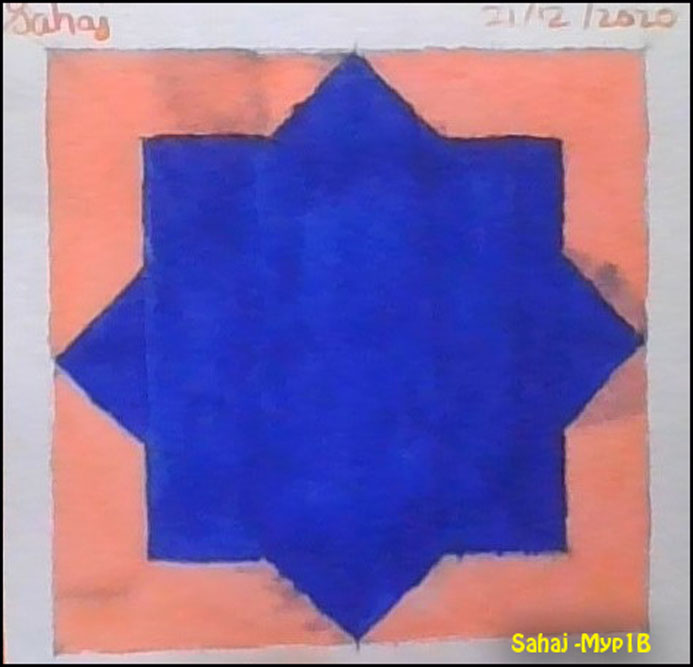
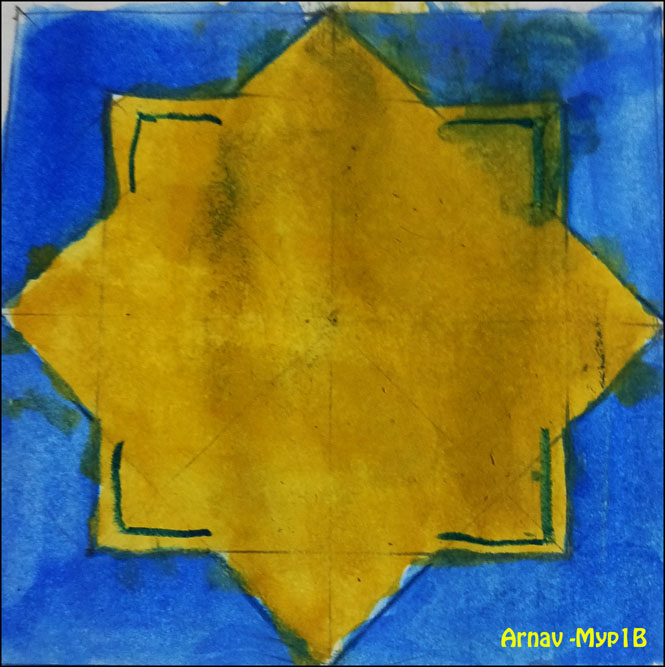
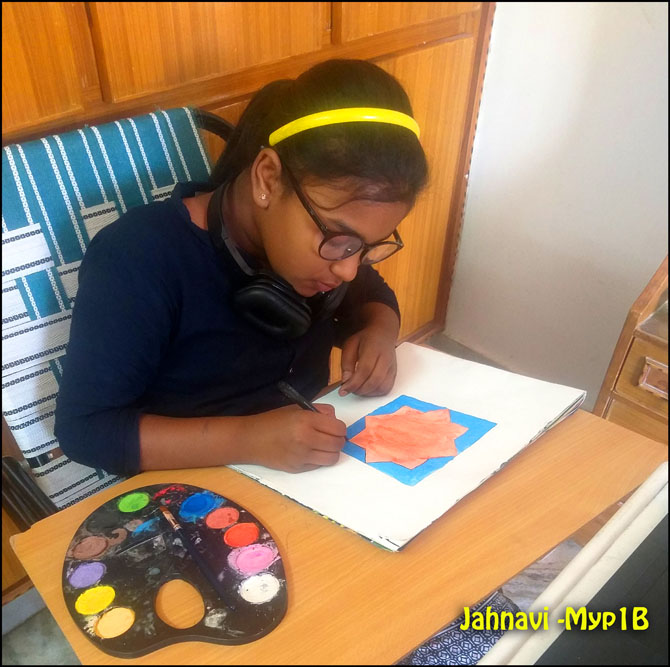
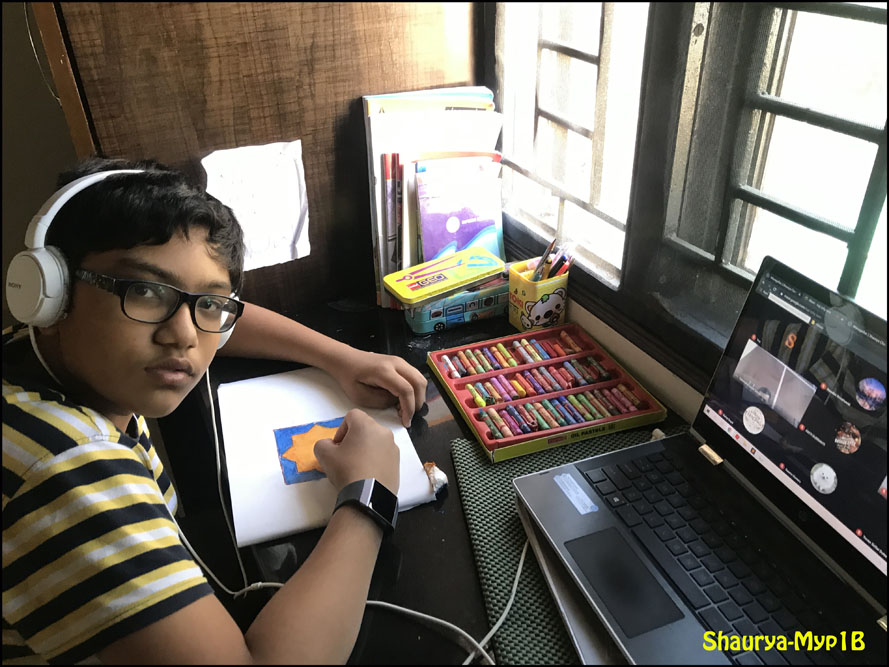
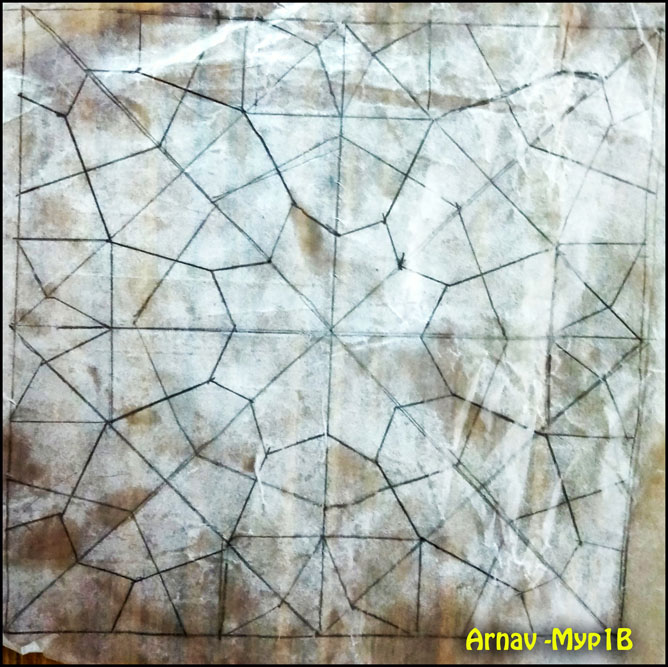
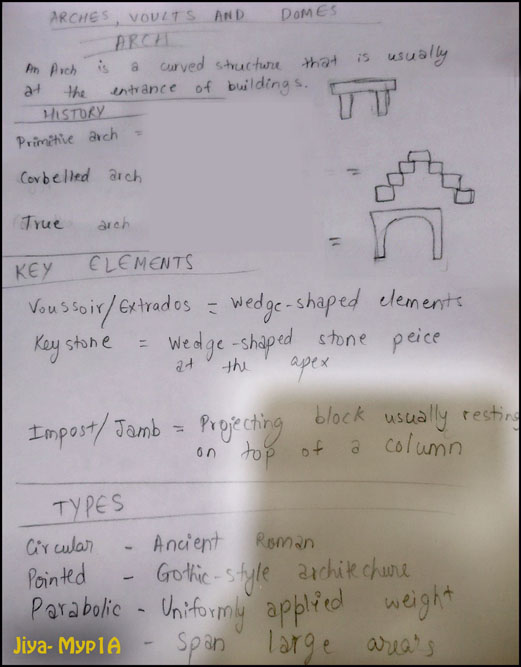
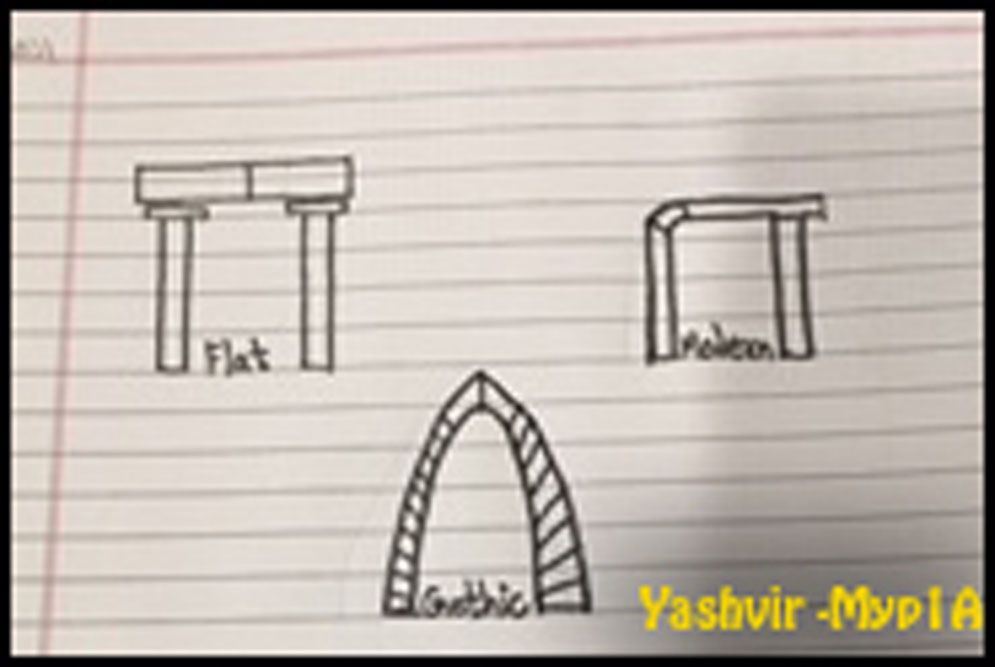
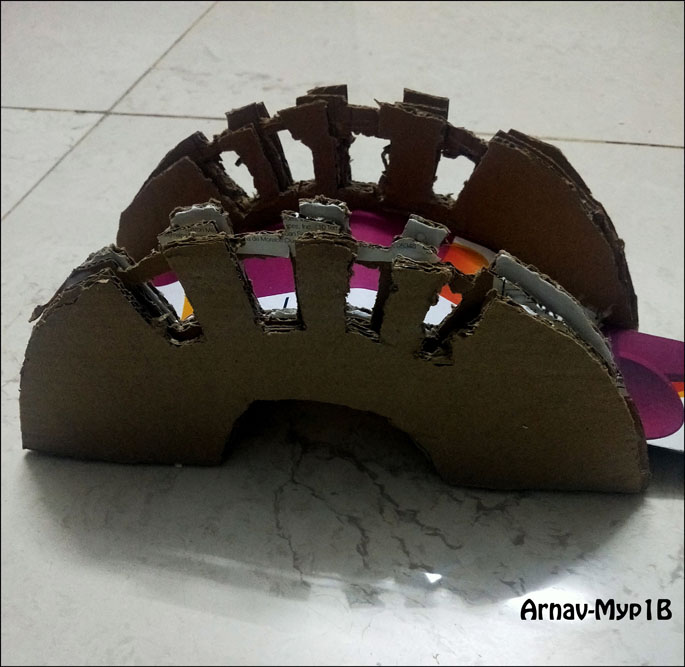
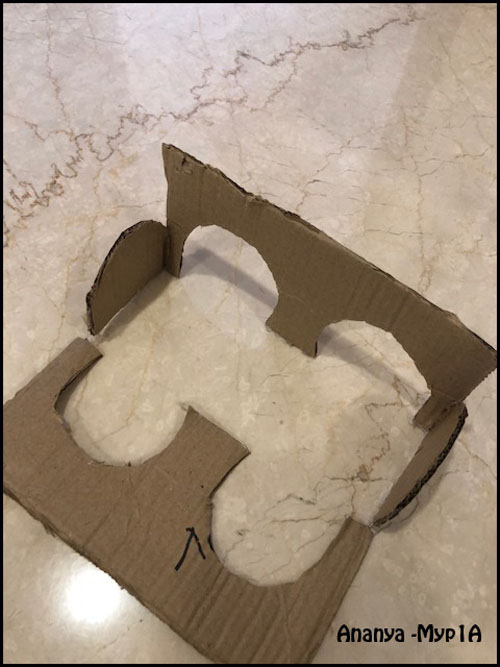
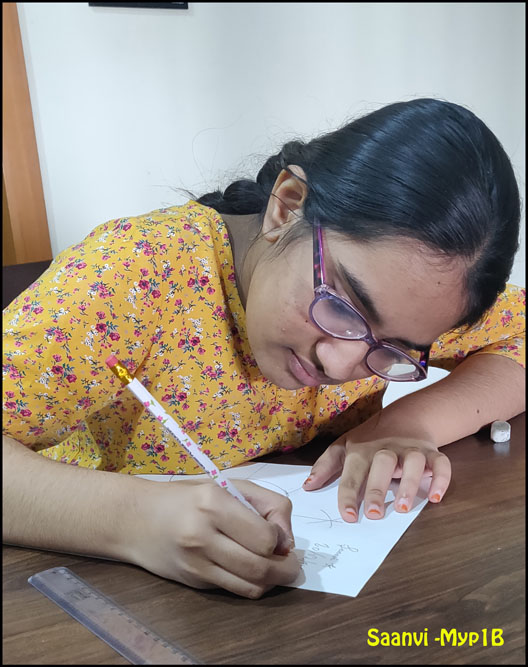
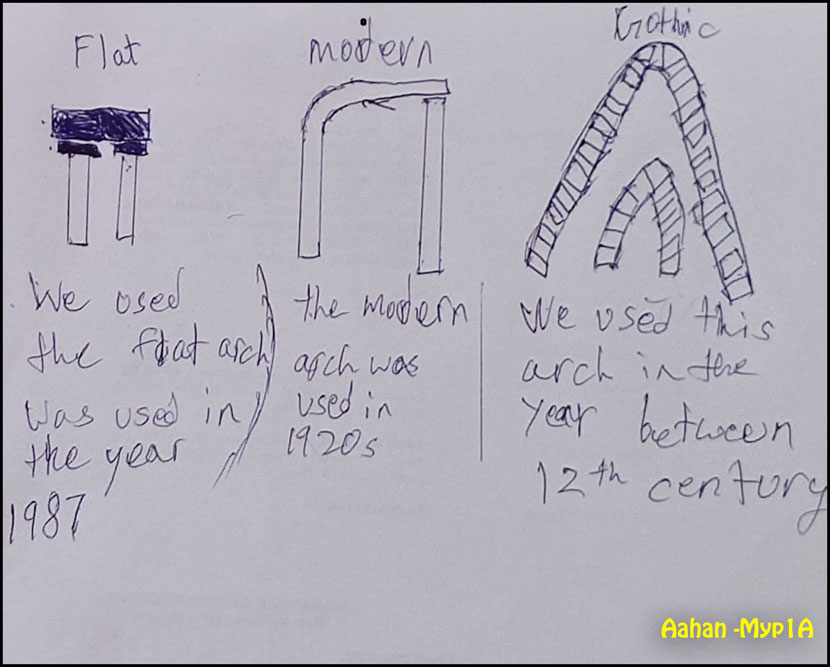
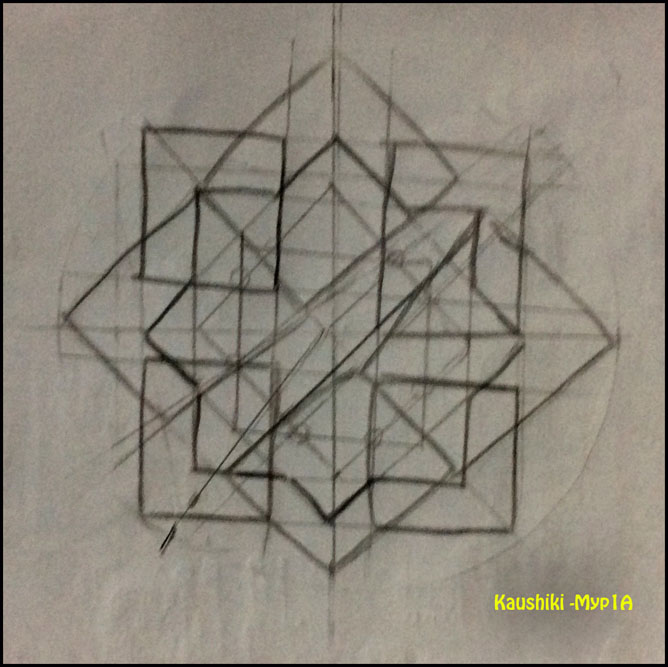





Leave A Comment